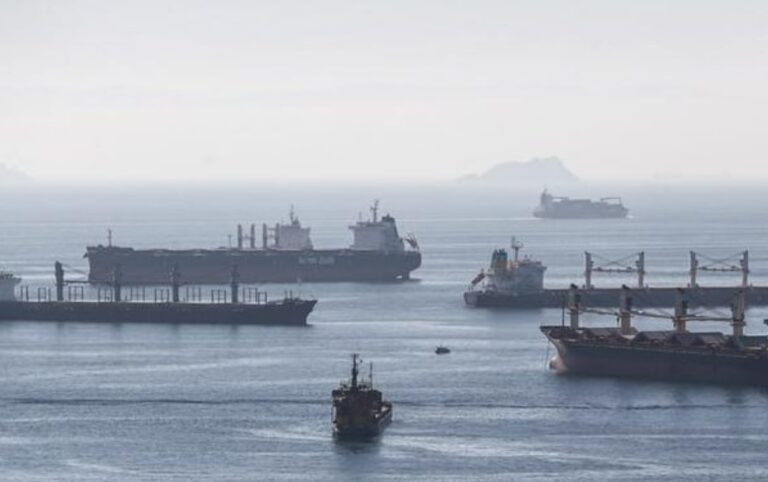Russia refused to extend the grain agreement with Ukraine. The initiative, launched on 21 July 2022, ensured that ships loaded with Ukrainian grain could safely leave the country’s Black Sea ports to reach several low-income countries whose food security depends on these exports.
Table of Contents
What the wheat deal was for
The initiative ceased on July 18. This entails the withdrawal of security guarantees for the navigation of merchant cargo ships, the end of the maritime humanitarian corridor, and the cessation of the activities of the Joint Coordination Centre in Istanbul, set up to monitor the implementation of the agreement. The north-western Black Sea is once again a dangerous area for shipping.
As reported by the United Nations, which mediated to sign the first agreement, about 80% of the grain distributed worldwide by the World Food Programme in 2023 came from Ukraine. Up from 50% in 2021 and 2022, equivalent to about 725 thousand tonnes distributed between Afghanistan, Sudan, Djibouti, Ethiopia, Kenya, Somalia and Yemen. In addition, other Ukrainian cereals were distributed in 45 other countries on three continents.
In exchange for the safety of cargo ships laden with grain, the UN allowed Russia, which was responsible for the aggression against Ukraine and the resulting food crisis, to continue exporting food and fertiliser. Thus convincing Western states not to impose sanctions against these products.
This, evidently, was not enough for Moscow. Thus, the Kremlin first accused the West, without foundation, of not respecting this part of the agreement and of not distributing Ukrainian grain to low-income countries.
Then also demanded the reopening of ammonia exports and the reconnection of its agricultural bank, the Rosselkhozbanck, to the Swift international payment circuit. Connection suspended from the beginning of the invasion to prevent the evasion of Western sanctions and that Russian international trade could finance the invasion of Ukraine.
What happens now
In this way, Moscow is using the food crisis halfway around the world and the lives of people in danger of starvation and famine to blackmail the West into continuing its invasion of Ukraine. Thus using the destabilisation of poorer countries to its advantage.
Now, some 33 million tonnes of agricultural products, including 8.9 million tonnes of soft wheat, will have to be slowly moved overland. Presumably triggering a 20% increase in grain prices, as Reuters reports, and exacerbating food insecurity in several countries.
It is easy to understand that the absence of grain, and therefore of food, will trigger strong instability in these areas. Riots, unrest and people in danger of starvation are expected.
Hunger as a weapon: it is not the first time
But this is not the first time that Russia has used hunger as a weapon, as witnessed by the millions of Ukrainians who died during the Holodomor, the famine caused by the Soviet Union government in Ukraine from 1932 to 1933.
In addition to low-income countries, Russia’s actions also hit the economies of three high-income states that are major importers of Ukrainian wheat.
They are Spain, the top importer with 2.3 million tonnes of wheat. Turkey, in second place with 1.58 million tonnes. And finally, Italy, with 435 thousand tonnes. In addition, these three countries also import other Ukrainian agricultural products such as maize and sunflower oil.












